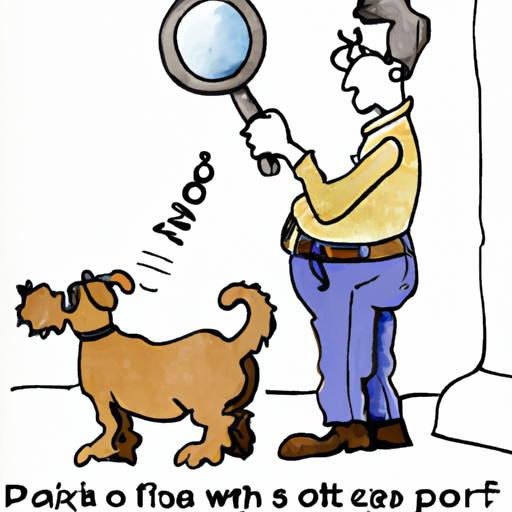As a devoted pet parent, you might feel a pang of worry when you notice that your dog’s anus is red. Rest assured, you’re not alone. Many caregivers share your concerns and have gone through similar experiences. This article will delve into the various causes and treatments to help you understand the issue, and most importantly, to help your beloved furry friend.
1. Common Causes of Red Anus in Dogs
There could be several reasons why your dog’s anus is red. Here are the five most common:
-
Anal Gland Issues: Anal glands are situated on either side of your dog’s anus. They secrete a foul-smelling fluid that dogs use to mark their territory. If these glands become blocked or infected, they can become swollen and red.
-
Allergies: Dogs can be allergic to certain foods, chemicals, or environmental factors, which can cause inflammation and redness around their anus.
-
Parasites: Parasites like tapeworms or pinworms can cause intense itching and redness around the anus.
-
Dermatitis: Dermatitis, or inflammation of the skin, can also cause redness around the anus. This could be due to many factors, including bacterial or fungal infections.
-
Trauma: If your dog has been excessively licking or scratching the area due to discomfort, it could lead to trauma, causing the area to turn red.
2. Diagnosing the Problem
If you notice that your dog’s anus is red, the first thing you should do is inspect the area. Wear disposable gloves and gently lift your dog’s tail. Observe for any swelling, discharge, or unusual signs. However, remember that a definitive diagnosis should always be made by a vet.
Your vet will likely perform the following tests:
- Physical examination
- Fecal examination
- Blood tests
- Skin scraping test
3. Treating Your Dog
The treatment will depend on the underlying cause. Here are some common treatments:
- Anal Gland Issues: If the issue is due to blocked anal glands, your vet might manually express them. In case of infection, antibiotics or anti-inflammatory drugs may be prescribed.
- Allergies: If allergies are the cause, your vet will help identify the allergen and suggest necessary dietary or environmental changes.
- Parasites: For parasites, deworming medication will be provided.
- Dermatitis: Dermatitis is usually treated with topical creams or ointments. In severe cases, oral medication may be required.
- Trauma: Trauma caused by excessive licking or scratching is treated by addressing the underlying cause of discomfort.
4. Preventive Measures
You can take these preventive measures to keep your dog’s anus healthy:
- Regular grooming: Keep your dog’s rear clean by trimming the fur around the area and cleaning it regularly.
- Healthy diet: A balanced diet helps maintain overall health, including anal gland health.
- Regular vet visits: Regular check-ups allow early detection of potential issues.
5. When to Visit the Vet
You should take your dog to the vet if:
- The redness persists for more than 24 hours
- Your dog appears to be in pain
- There’s excessive licking or scratching
- There’s swelling or discharge
FAQs
Q: Can I treat my dog’s red anus at home?
A: While minor irritation might improve with gentle cleaning and monitoring, it’s always safer to consult with a vet to determine the underlying cause.
Q: How can I prevent my dog’s anus from becoming red?
A: Regular grooming, a healthy diet, and routine vet check-ups can help prevent issues that cause redness.
Q: Can my dog’s red anus be a sign of something serious?
A: While a red anus can be due to minor issues like allergies or dermatitis, it can also indicate more serious conditions like anal gland problems or parasites. It’s important to get a proper diagnosis from a vet.
Q: How long does it take for my dog’s red anus to heal?
A: The healing time depends on the underlying cause and the treatment provided. Your vet will be able to give you a more accurate estimate based on your dog’s specific situation.



